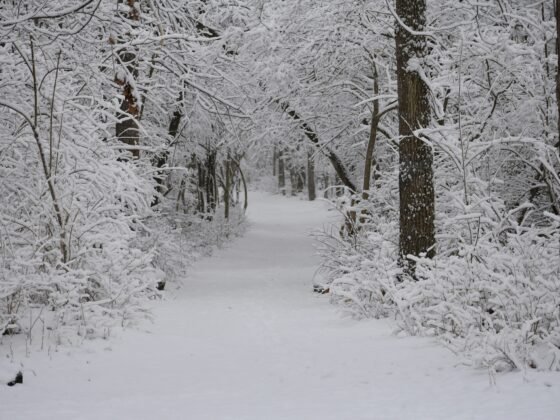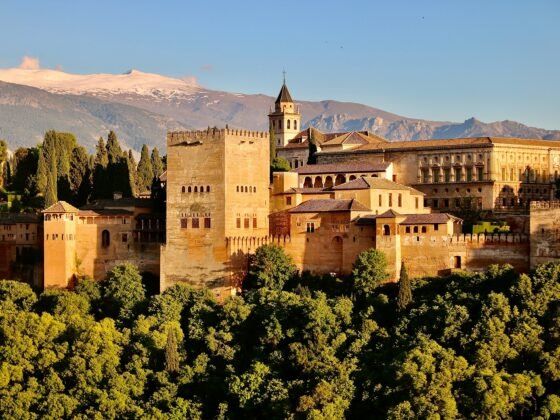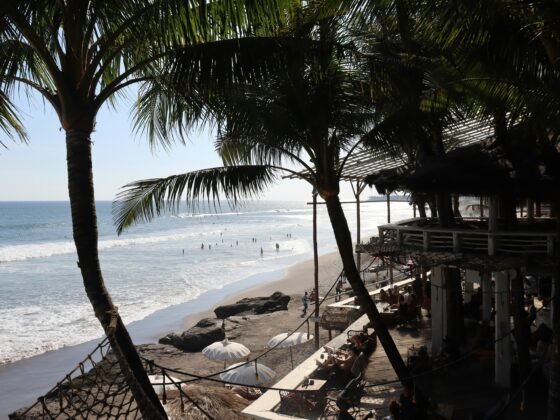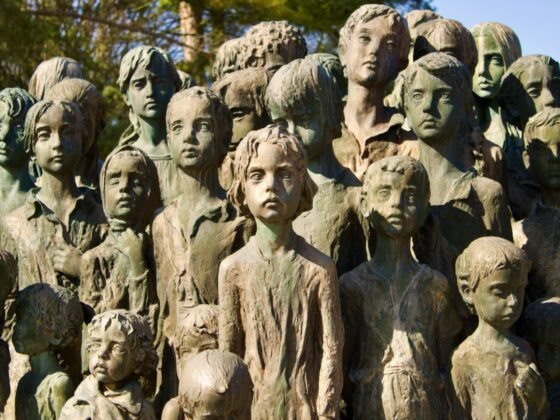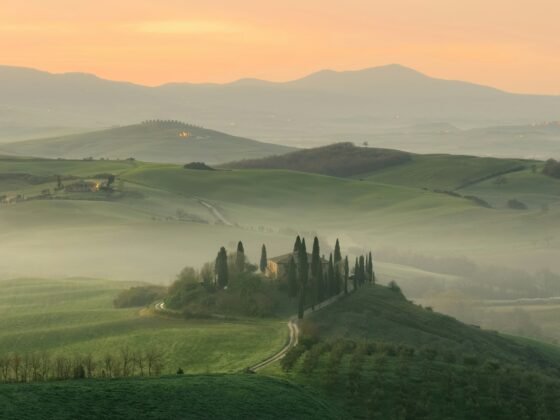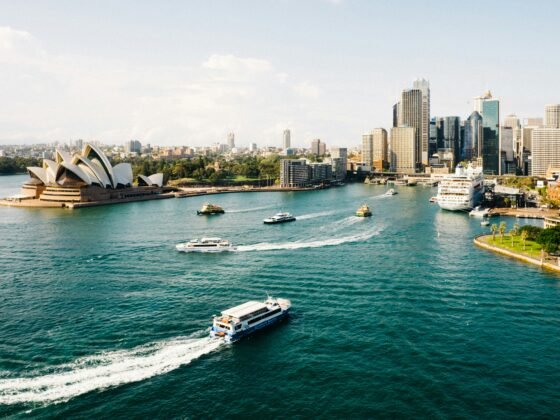Located in the modern day country of Tanzania is the Ngorongoro Conservation Area and wildlife reserve. Stretching across the vast savanna, this unique safari and wildlife preserve and recreation area has delighted locals and visitors since its creation in the mid-1900s. Established in 1959 and currently a UNESCO World Heritage Site, the Ngorongoro Conservation area and the more than 8,000 square kilometers that it covers has been a multi-use land area for both wildlife and the indigenous people who have called this beautiful land home for centuries.
The People
The Maasai people have called the Ngorongoro region home for thousands of years. Traditionally a cattle ranching tribe, the Maasai work to live in harmony with the valley by holding to the traditions and practices of their ancestors. Visitors to the region are greeted at one of several cultural bomas where indigenous people share their story and their culture, which is a unique Tanzanian experience. The first is located on the road to Serengeti and the other is located near Irkeepusi Village. They will sometimes even pose for the occasional photograph.
What to see
Visitors to the Ngorongoro Conservation Area will discover plentiful wildlife on a safari trip. Lions, wildebeest, zebras, and gazelles are just a few of the animals that call this lush valley home. Black rhinos wander freely through the pastures as they look for food. Considered a major breeding ground for many species of animals, the Ngorongoro Conservation Area provides visitors with a means to experience these beautiful creatures up close and in their natural habitat.
The Ngorongoro Crater, the world’s sixth largest caldera unbroken caldera, provides a healthy ecosystem perfect for the plant and animal life found here. The crater plunges more than 600 feet deep and the base of the original volcano covers 260 square miles. Researchers believe that had the volcano not erupted, it might have rivalled Mt. Kilimanjaro.
The Olduvai Gorge
One of the most popular sites in the Ngorongoro Conservation area is the Olduvai Gorge (sometimes also spelt as Oldupai Gorge). The Olduvai Gorge is located just west of the Ngorongoro Crater and it houses one of the oldest, most impressive archaeological sites in the world. Excavations of the gorge have revealed the remains of the Laetoli hominids; the people who once roamed the region. Buried more than 100 meters of sediment and rock, archaeologists are piecing together the lives and livelihoods of this forgotten tribe making the Olduvai Gorge, the Ngorongoro Conservation area, and nearby Laetoli one of the most important archaeological sites for the study of the origin of humanity.
Each of the key sights within the Ngorongoro Conservation area are equipped with visitor centers, museums, and knowledgeable staff ready and able to help all learn and enjoy this impressive destination. From its natural beauty and majesty to its rich and glorious history, the Ngorongoro Conservation Area and neighboring Serengeti will provide a great adventure for visitors of all ages.
Follow our essential Tanzania travel tips and insiders guide to all the major national parks to help your safari adventure run smoothly.





